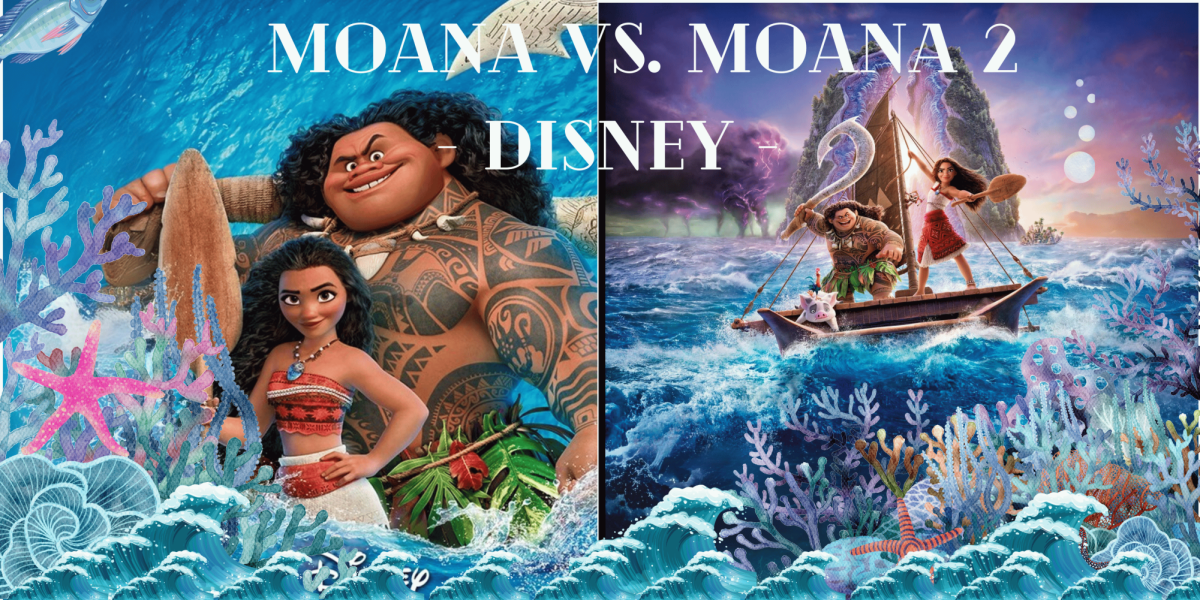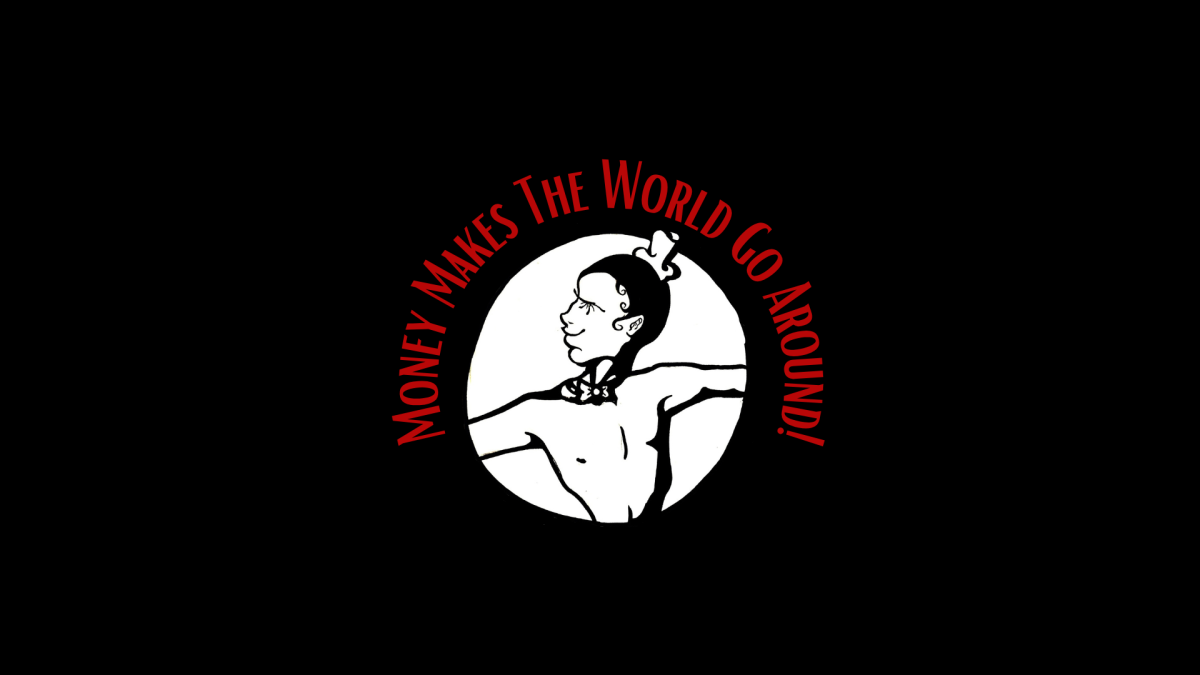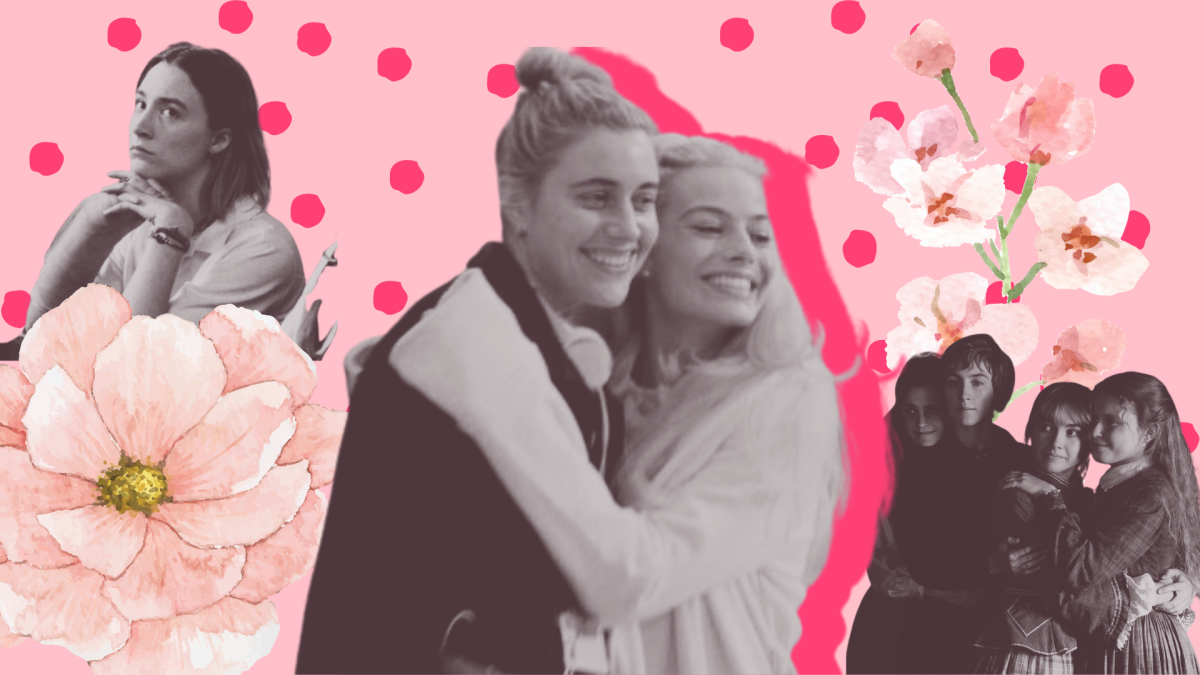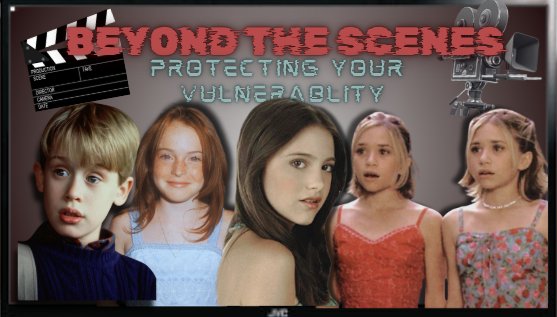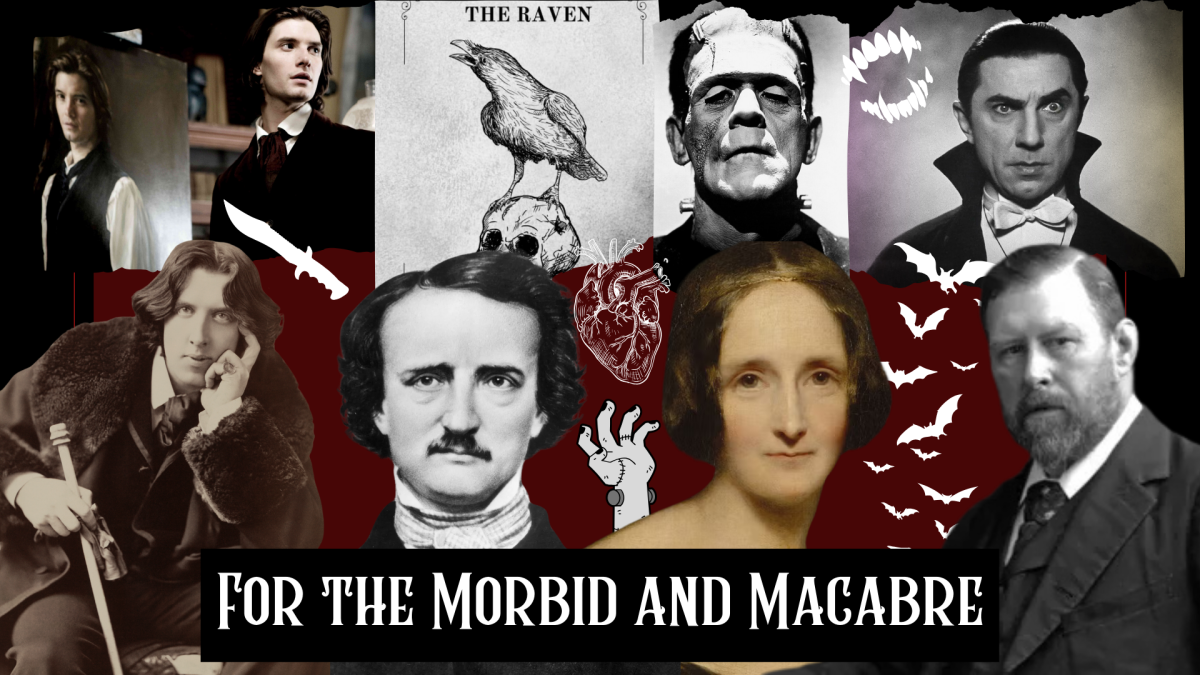Spoilers! The new Disney movie, “Moana 2,” takes place three years after the events of the first movie. This new release entails a journey to find the lost Island of Motufetū, which has been sunk to the bottom of the ocean by the power-hungry god, Nalo.
Both movies star Moana, voiced by Auliʻi Cravalho, and Maui, voiced by Dwayne “The Rock” Johnson. However, new characters have joined Moana and Maui on their journey to find this lost island: Loto, Moni, Kele and Kotu.
“Moana,” the original, was a hit, making over $643 million at the box office. It took the world by storm and since 2016, it has been a fan-favorite with an audience score of 89% on rotten tomatoes.
On the contrary, the sequel to the box office hit, “Moana 2,” grossed $130 million on its opening weekend and over $900 million in the global box office. Clearly, people were excited about the new release.
The original film and its sequel are made by a completely different production team. “Moana” is directed by John Musker and Ron Clements while “Moana 2” is directed by David G. Derrick Jr., Dana Ledoux Miller and Jason Hand. Moreover, the producers, writers and even the entire animation team were different for the new film.
“Moana” and “Moana 2” are both in tune with Polynesian and Oceania culture. When asked why he enjoyed the movie, Huntington Beach High School (HBHS) senior, Kumaka Jensen, said, “Because it was kind of Hawaii-y and it reminded [me] of Hawaii a lot.”
The first movie even had mythological accuracies from Polynesian culture. For example, during Maui’s introduction song, “You’re Welcome,” the myth about Maui burying an eel and getting coconuts is present in Polynesian mythology. Maui himself, who is known as a demigod, pulls the north island of New Zealand from the sea; and his character in the story also pulls islands out of the sea. However, the only problem is Maui is known to have 4 older brothers as well as his sister Hina within the story.
The second movie is not excluded from this either: Moana is given the title “Tuatai,” which means wayfinder in the movie. Additionally, the word “Tuatai” actually means “yesterday” in Māori, a language commonly used throughout Polynesia and New Zealand. But this could be referencing how during the ceremony Moana speaks to her ancestor about the journey she must take with this new title.
It is not just these details either, Disney also collaborated with the Oceanic Cultural Trust, a group of Pacific Islanders that were key to making other aspects of both films culturally accurate. The designs, personalities and others were all made as accurately as possible through the trust.
In an interview with Jorgie Rodriguez, a senior writer from “POC Culture” on YouTube, Dana Miller, one of the producers for “Moana 2″ described, “this incredible moment where we had Lāina Kanoa-Wong come into the studio and have a blessing. She did a traditional Hawaiian blessing, and it was at that moment that she asked us all to close our eyes and invite our ancestors into the room.”
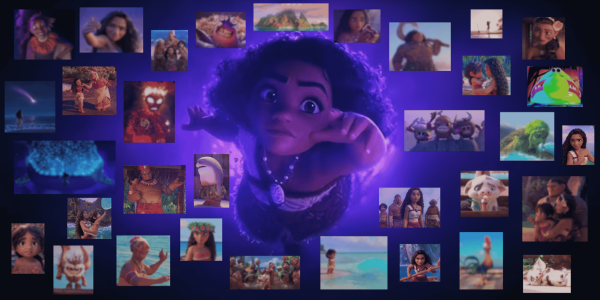
(Kathryn Accornero)
The two movies had varying themes that played throughout the story. In either movie, themes such as acceptance, identity, teamwork and self-discovery are displayed throughout while they traverse the sea. One of Moana’s traits, self-sacrifice, is a key part of her character. It is displayed in the previous movie and the next when she leaves her island to face the dangerous ocean and its creatures for her people.
“Disney loves themes of friendship, family, acceptance and perseverance. Many of Disney’s film protagonists have problems that require unique solutions and lots of courage,” said Jackie Nkansah, an assistant to executives in the illustrating department at Disney.
But what about music? Disney is known for its singing characters and the Moana movies are not excluded. “Moana” songs include “How Far I’ll Go,” “You’re Welcome,” “Shiny,” and “We Know The Way.” The first movie is full of iconic songs that cement their place in Disney’s history. Songwriters Mark Mancina, Opetaia Foaʻi, and Lin-Manuel Miranda, who is known for his reputation of “Hamilton” and “In The Heights.”
But how does the second movie compare to this musical giant?
“The second [movie’s] songs were more complex with their notes and pitches. I’d say there [were] more sharps” said Sophia Panzella, a freshman at HBHS.
“I don’t really remember any song other than ‘We’re Back,’ because they were so complex,” said Panzella.
The new movie songwriters include two new members, Abigail Barlow and Emily Bear; however, the film does not include Lin-Manuel Miranda. “Moana 2” features songs like “We’re Back,” “Get Lost,” “Can I Get a Chee Hoo?” and “Beyond.” But to some, the new movie’s songs felt like they were too complex. Unlike the first one, the second movie felt the need to live up to its predecessor. However, this just left the movie with confusing songs that may be unfit for their audience. If the new writers decided to make the second movie a stand-alone movie, it could have had more of a chance.
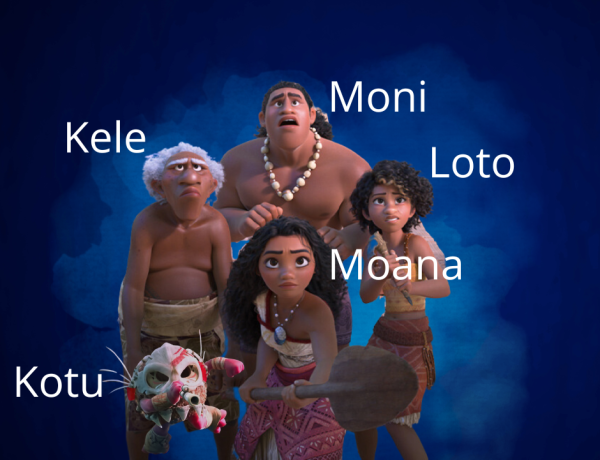
Finally, the last thing to compare between the two movies is the general plot and villains. Moana’s journey of self-discovery left a large impact on the audience. Moreover, the ending where she discovers the big bad villain, Te Kā, is actually Te Fiti after Maui originally stole her heart is very moving. Especially the moment when Moana splits the sea to walk over to Te Kā, it is an iconic moment.
However, “Moana 2” displays a different story. Rather than self-discovery, there is a big emphasis on family dynamics with her little sister Simea. During the finale, Moana gets discouraged and almost gives up. But when she sees the starfish Simea gave to her she gains the courage needed to dive into the sea and reach the submerged Motufetū. Simea acts as a catalyst for Moana, no longer does she have nothing to lose. Now she has everything to lose.
Nalo is also the main villain of the story, although he is quite shallow compared to Te Kā. Moreover, the end scene is a little underwhelming compared to the final scene of the first movie. The final battle shows Moana and her crew struggling against the lightning and tornadoes, each character must grow in some way before they can succeed. Only then are they rewarded with the completion of their goal, connecting the different tribes; finally achieving what her ancestors took years to do.
All that aside, “Moana 2” had a lot of potential. Compared to the original, it holds its ground pretty well except for character depth. Many people did enjoy “Moana 2,” it received a 61% on Rotten Tomatoes and is still in theaters. The new release is also the first Disney movie to be completely released in Māori, the native language for many in Oceania and Polynesia.


